Spending on private tutoring in South Korea is set to hit a record 29.2 trillion won (about $26.8 billion) in 2024, despite a decline in the number of students.
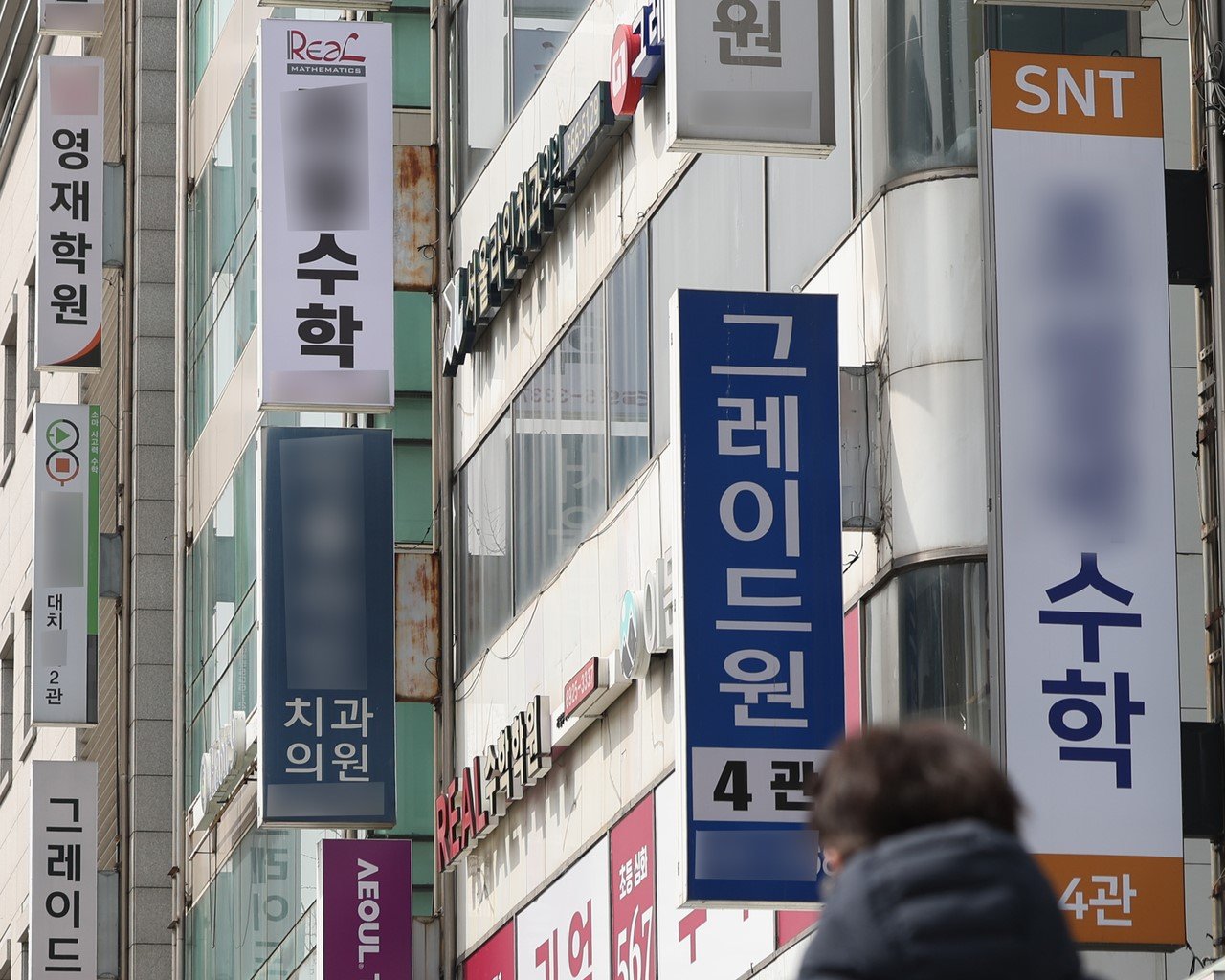
Signs of tutoring centers are densely packed on a building in Daechi-dong, Gangnam district, Seoul - known as the "holy land" of exam preparation centers - Photo: YONHAP
According to the Korea Herald on March 13, data released by the Ministry ofEducation and the Statistics Office of South Korea showed that private education spending in the country reached a record 29.2 trillion won (about 26.8 billion USD) in 2024, up 7.7% from the previous year, while the number of students nationwide fell to 5.13 million.
More and more Korean students are taking extra classes.
In Korea, "private education" refers to extra classes and tutoring outside of regular school hours at private centers, private tutoring, and other supplementary classes. This is a privately provided education system that is outside the scope of public schools and is often expensive.
According to published data, up to 80% of Korean students attend extra classes, up 1.5% from the previous year. Of these, elementary school students have the highest rate at 87.7%, followed by middle school students (78%) and high school students (67.3%).
On average, each student spent 474,000 won (more than 8 million VND) per month on private education, up 9.3% from 434,000 won last year.
For students taking private lessons, this number is up to 592,000 won (more than 10 million VND).
Tuition fees will increase gradually according to the level of education. For high school students, this cost is even higher, averaging 772,000 won per month, equivalent to more than 13 million VND.
Extra classes become a financial burden

The sharp increase in the rate of students taking extra classes reflects income and regional inequality, as well as financial pressures - Photo: STRAITS TIMES
The rising costs have led to more pronounced income and regional inequalities in private education spending. Specifically, families with incomes above 8 million won per month spent an average of 676,000 won, more than three times higher than the 205,000 won spent by households with incomes below 3 million won per month.
In addition, students in the capital Seoul have the highest spending, averaging 673,000 won/month, double that of students in South Jeolla Province (320,000 won).
Even for children under 6 years old, the average cost is around 332,000 won/month, mainly due to the need to learn English at an early age. English kindergartens have even higher tuition fees, up to 1.54 million won/month.
Faced with this situation, the Korean government pledged to improve the quality of public education and strictly control tuition fees at private centers, while implementing an English program for 3-4 year old children in kindergartens nationwide.
However, experts warn that these measures are not enough to reduce dependence on private tutoring. They say that if children are given extra tuition at an early age, parents will invest more in tutoring at higher levels, exacerbating exam pressure.
"A long-term and comprehensive solution is to improve the quality of public education to reduce the need for private tutoring," an education ministry official said. "We will work with local education agencies to create a more balanced and accessible learning environment for children."
Wave of flocking to the countryside for medical school admission
One notable trend mentioned in the report is that spending on private education in rural areas in Korea is increasing sharply. In 2024, each student in this area spent an average of 332,000 won (nearly 6 million VND) per month on private tutoring, up 14.9% from the previous year.
The increase is mainly due to the "fever" for medical schools. Previously, the Korean government expanded the medical school enrollment quota for the 2025 academic year, with more than 70% of the quota prioritizing candidates from suburban areas, in order to create conditions for local talent.
This has the opposite effect, causing many families to move to rural areas to reduce competition and increase their chances of admission.
Source: https://tuoitre.vn/chi-tieu-hoc-them-tai-han-quoc-cao-ky-luc-du-hoc-sinh-ngay-cang-it-20250314141135111.htm



![[Photo] Prime Minister Pham Minh Chinh and Prime Minister of the Kingdom of Thailand Paetongtarn Shinawatra attend the Vietnam-Thailand Business Forum 2025](https://vphoto.vietnam.vn/thumb/1200x675/vietnam/resource/IMAGE/2025/5/16/1cdfce54d25c48a68ae6fb9204f2171a)







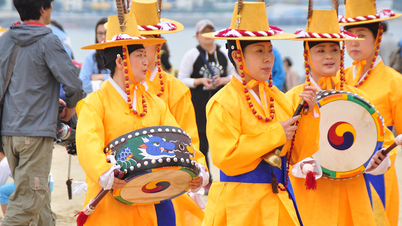
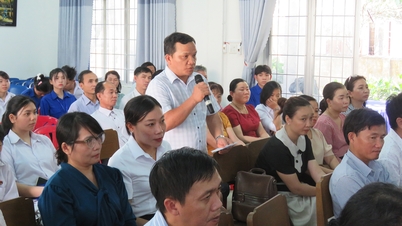



![[Video] From the 2026-2027 school year, it is expected that enrollment at all levels will be abolished according to administrative boundaries.](https://vphoto.vietnam.vn/thumb/402x226/vietnam/resource/IMAGE/2025/5/17/980466fb5089407da917f9345284639b)

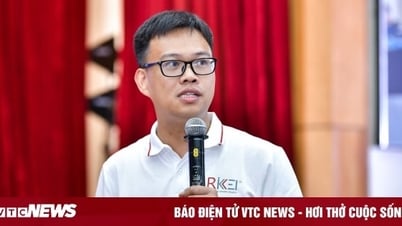







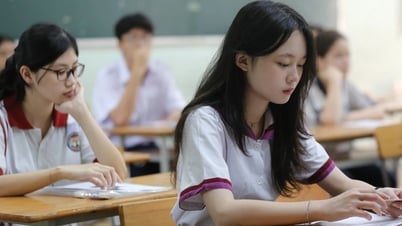








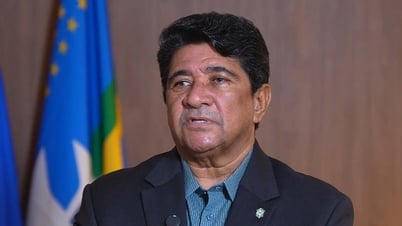
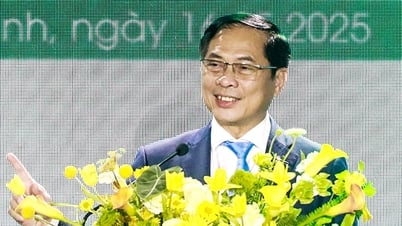
![[Photo] President Luong Cuong receives Prime Minister of the Kingdom of Thailand Paetongtarn Shinawatra](https://vphoto.vietnam.vn/thumb/1200x675/vietnam/resource/IMAGE/2025/5/16/52c73b27198a4e12bd6a903d1c218846)







































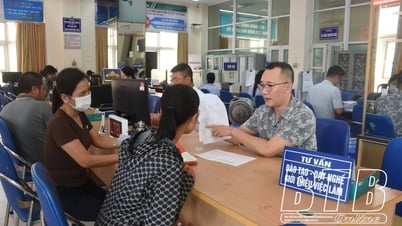



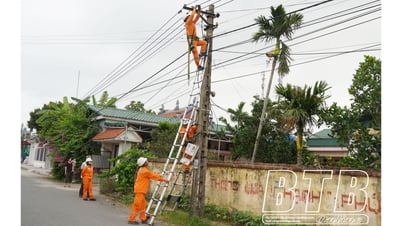














Comment (0)